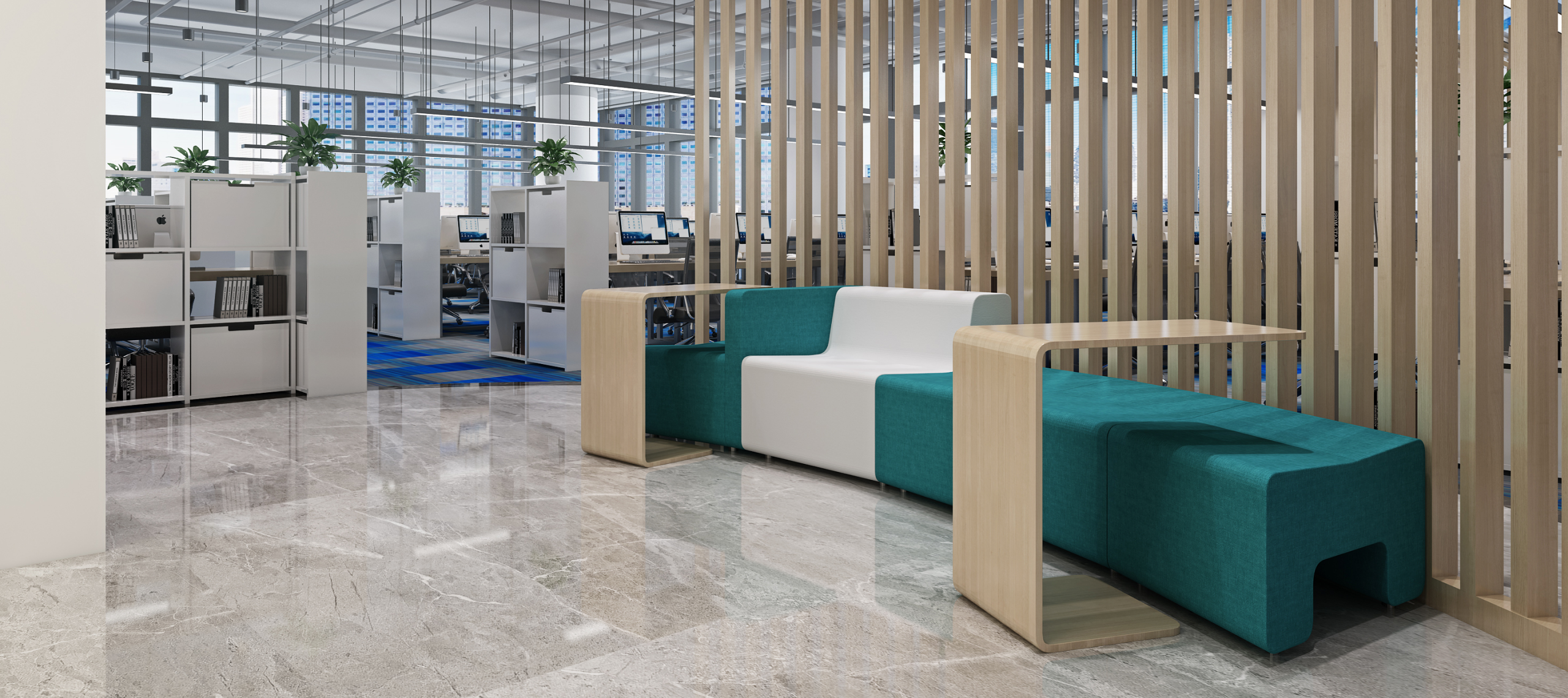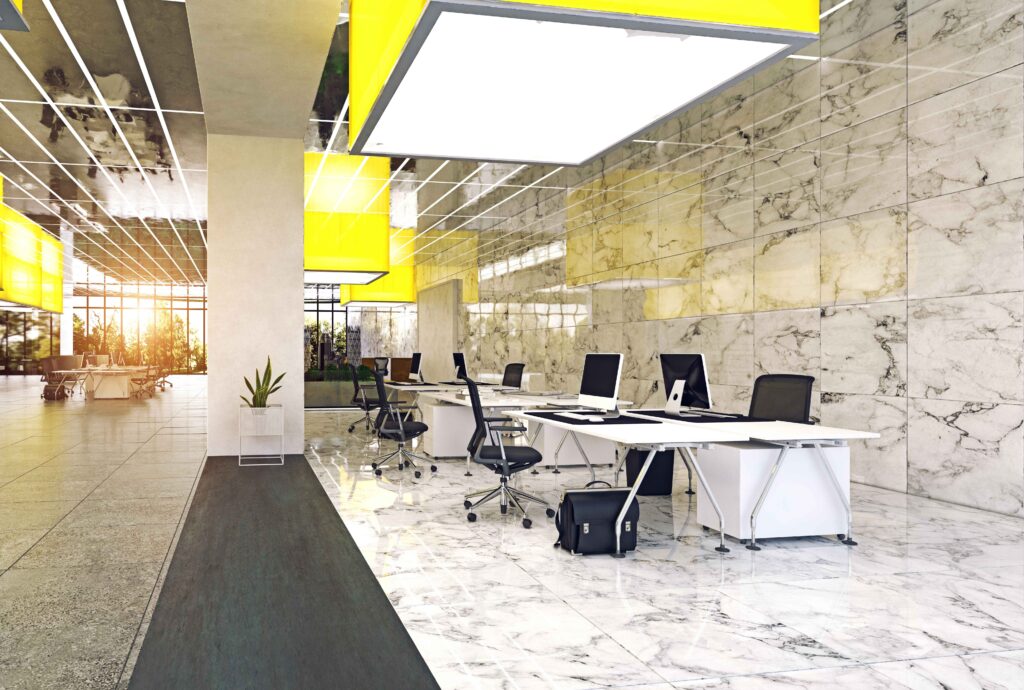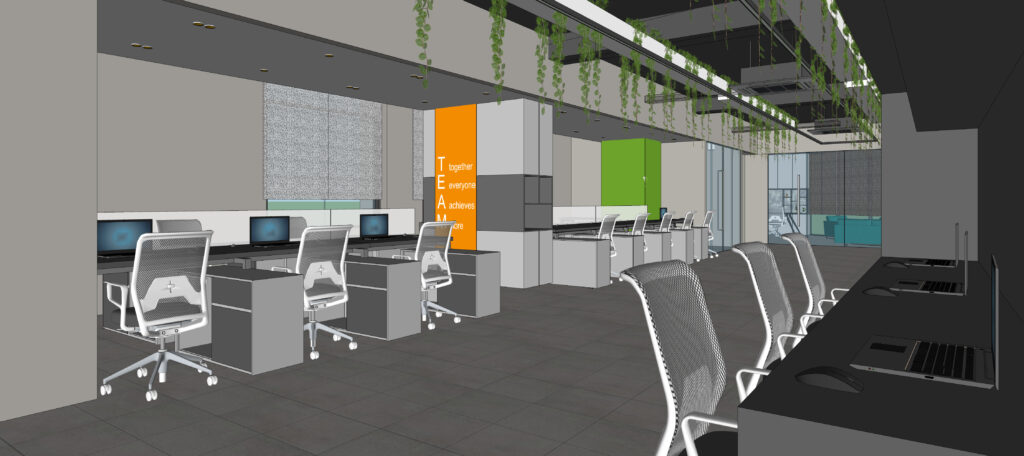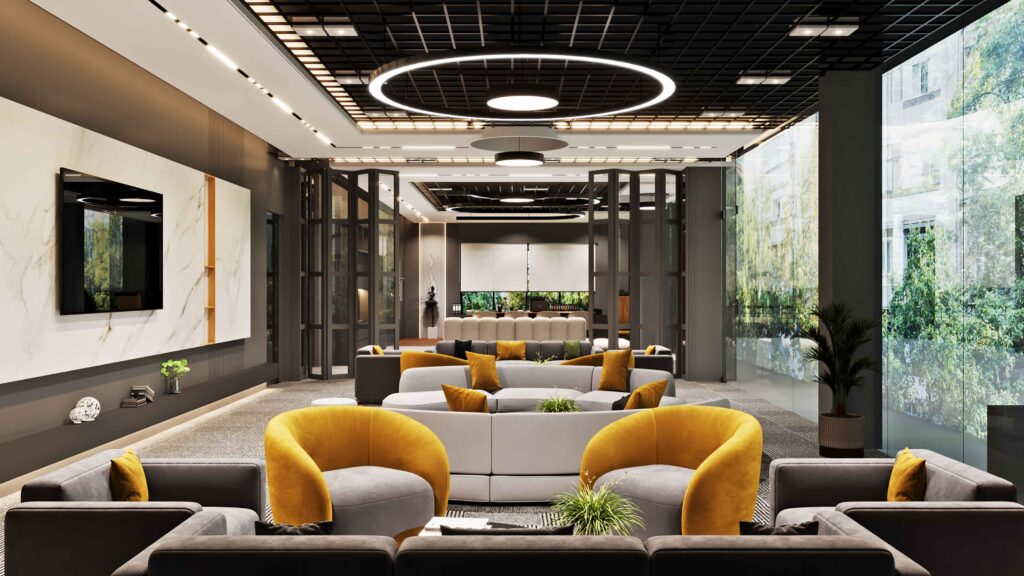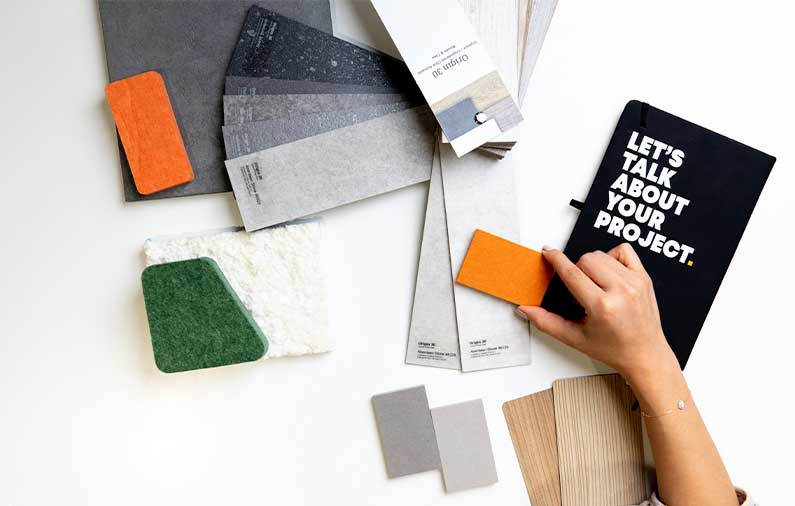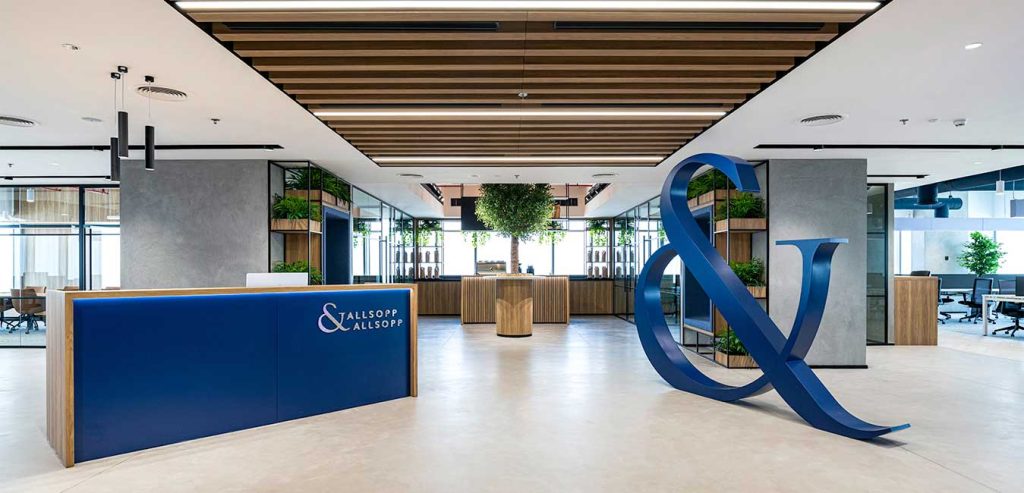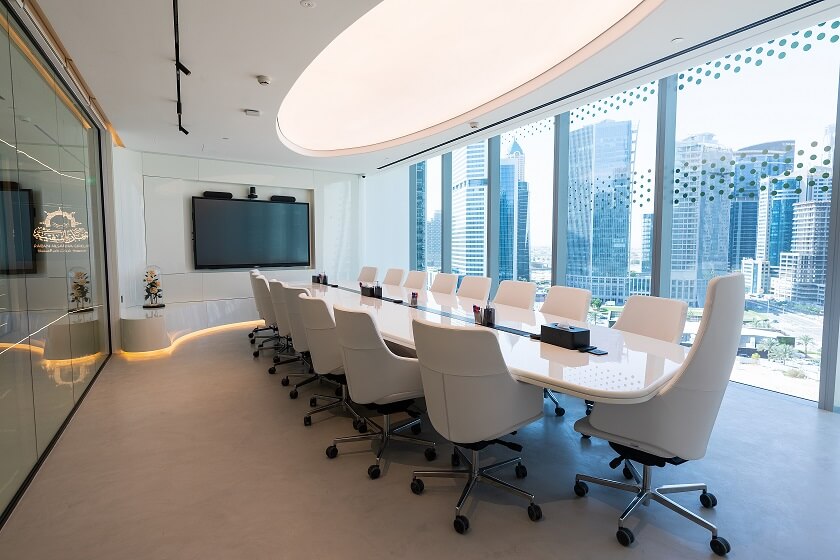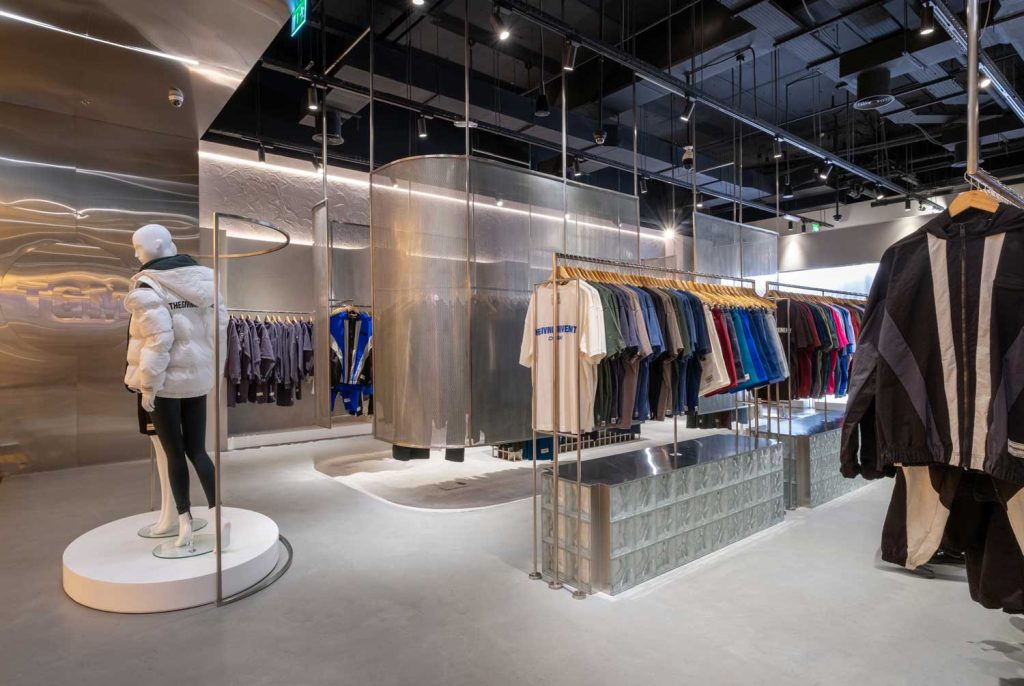Using texture to create mood in commercial interiors
Texture is one of the most powerful tools in interior design. It doesn’t just affect the look of a space; it influences how people feel and interact within it. In commercial interiors, texture can transform a workplace, retail store, or hospitality venue by creating atmosphere, guiding attention, and shaping experiences.
In the UAE, where modern offices and commercial spaces are expected to combine luxury, functionality, and culture, thoughtful use of texture can make a significant difference. At Horton Interiors, we use texture strategically in Design & Build and Fit-Out projects to craft spaces that are both beautiful and practical.
The role of texture in mood
Texture influences mood and perception in subtle but important ways. Rough, raw materials like exposed brick or natural stone can make a space feel grounded and authentic. Smooth, polished surfaces such as glass or metal create a sense of sophistication and calm. Soft textiles, rugs, and acoustic panels bring warmth, comfort, and a welcoming touch.
By combining contrasting textures, designers can create depth and interest, making spaces more dynamic and engaging. Texture is not just decorative; it affects the way people feel, work, and interact within a space.
Using texture in commercial office design
In offices, texture can be used to define zones, promote collaboration, or encourage focus. A textured wall behind a reception area can make a bold first impression, while acoustic panels in meeting rooms reduce noise and create a sense of privacy. Even furniture and fabrics contribute to the overall sensory experience, making employees feel comfortable and inspired.
Texture in retail and hospitality
Retail and hospitality spaces also benefit from carefully applied texture. Materials such as natural stone, wood, and metal finishes can communicate brand identity and enhance customer experience. Textured surfaces create visual interest, guide movement, and invite touch, making spaces memorable and engaging.
The UAE perspective
In Dubai and Abu Dhabi, commercial interiors increasingly reflect the region’s emphasis on high-quality design, luxury, and functionality. Texture helps achieve a balance between aesthetic appeal and practical performance, supporting the needs of businesses and their teams. Horton Interiors integrates textured surfaces, finishes, and materials from concept to completion to ensure that every project resonates with its intended audience.
From moodboards to finished spaces, using texture thoughtfully can turn any commercial interior into an environment that engages, inspires, and endures. Contact Horton Interiors today to explore how texture can enhance your workspace through expert design and build solutions in the UAE.

